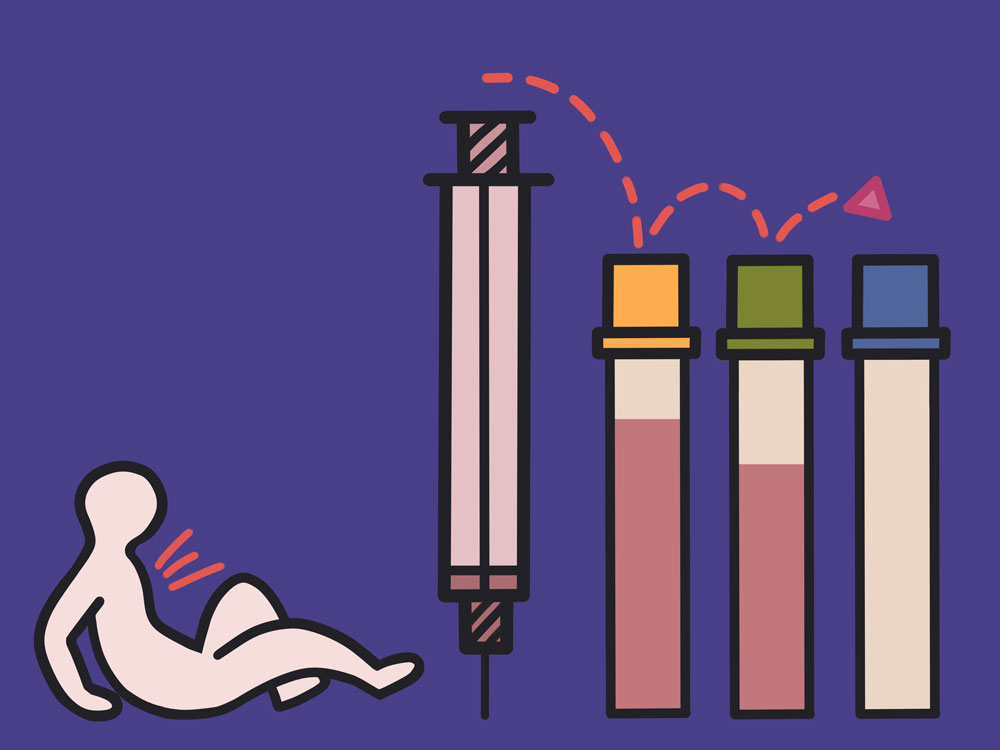Outdated Blood Donation Restrictions Placed On Gay Men Need To End
Blood donation policies concerning men in the LGBTQ community are outdated.
According to the Food and Drug Administration in the United States, men should defer from donating blood for three months after any sexual contact with another man.
The issue began in 1985 when the FDA passed a lifetime ban for LGBTQ men. That was in the midst of the AIDS epidemic and the policy was passed to limit the spread of the disease. At the time HIV was also considered a gay disease because of the initial scientific confusion and initial cases.

The prohibition was created during a time when little was understood about the diseases and homophobia was rampant.
HIV is still more prevalent in the LGBTQ community, however, Hepatitis B is also prevalent in other populations and hasn’t led to donor restrictions. That is ironic because Hepatitis B is more easily transmissible through blood than HIV and yet it is considered neutralized by blood screenings.
The lifetime ban persisted until 2015 but was changed that same year to a 12-month deferral. It was only during the coronavirus pandemic that it changed to the current three-month deferral due to the increased need for blood donations.
As a gay man, I feel that still isn’t enough, considering that the American Red Cross has declared a state of severe blood shortage, these limitations on donors hold particular importance.
Ending the stigma is possible.
By simply turning to Italy and Spain we can see the effects of lifting the restrictions. Because they didn’t see an increase in HIV-positive donations, the restrictions were replaced by individual risk assessments where donors are asked about their number of sexual partners and if they partake in unprotected sex.
That means there’s still some hope for the U.S.
Vitalant, OneBlood, and the American Red Cross—three of the nation’s blood centers—have been conducting a study named ADVANCE to see what could replace the current referral.
It’s important that people work toward ending the stigma against LBGTQ donors. Don’t keep those that want to help away.

